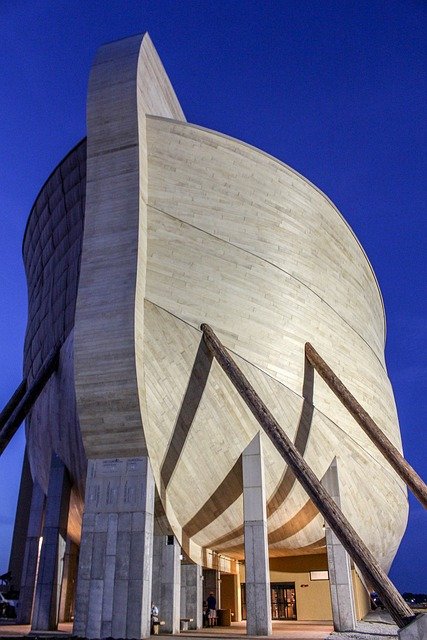One of the first Bible stories many children learn is that of Noah’s Ark. The intertwining of God’s grace, many animals, and a colorful rainbow make it an interesting lesson for all. Although Moses recorded it as factual history and although Jesus Himself referred to it, many skeptics have since sought to discredit this story.
What is difficult for them to explain, however, is how the basic storyline for this event is deeply embedded in more than 200 different cultures all around the world. Perhaps Mesopotamia’s Epic of Gilgamesh is the most well-known, but similar versions are found in African lore, European traditions, and even aboriginal legends in Australia. Descriptions of a similar catastrophic event exist in Russia, China, Myanmar, India and more.
In the western hemisphere, accounts of a great flood abound in numerous people groups in Mexico, Peru, Nicaragua and Brazil and the Hawaiians have their version as well. Many Native American tribes including the Cherokee, Cree, Takoe and more have similar myths.
Although most of the versions vary in details such as the type of boat, extent of the flood, and name of the builder, many other specifics are unmistakably similar. Numerous accounts include some variation of Noah sending out multiple birds to determine if the waters had receded. Most also involve a god that is displeased with human behavior and several also contain a sacrifice with a rainbow afterward.
If one takes a map and highlights each of these accounts, we quickly discover that the flood story is universal and ancient. It is undeniably apparent that somewhere in the common past of all humans, there was an enormous flood that left a permanent impression upon our ancestors who then passed the story down to each generation.
The scientific evidence for such a flood is also hard to refute. If there was a global catastrophic deluge, what would we expect to find? Many plants and animals buried in layers of sediment-turned-to-stone all over the earth. Oh wait. That’s exactly what we have!
Although evolutionists tell us that fossils were slowly covered by sediment over thousands or millions of years, we know that animal carcasses quickly deteriorate and are scavenged. They had to be buried quickly and completely. In addition, we have tree trunks that have been fossilized vertically amongst several rock layers. Again, the tops of these trees would decay long before the supposed millions of years some say it took them to turn to stone.
The eruption and resulting flood from Mt. St. Helen’s has demonstrated that landscapes can be altered instantly and scenarios that we once thought to require millions of years developed overnight.
Rocks don’t normally bend and yet a short trip through most any mountainous road cut reveals layers of rock twisting and turning throughout the profile. It is apparent that they were deposited quickly as wet sediment and later turned to stone perhaps by the enormous pressure of many feet of flood waters above them.
Although I’ve never been there and I don’t plan on going, those who have been to the top of the world’s highest mountain report fossilized sea creatures at the summit. Either Mt. Everest used to be a lot lower or the sea was a lot higher, or both. There is no shortage of evidence for a global flood, it just depends on how we interpret what we have.
The more we discover scientifically, archaeologically, astronomically, and in every other field of research, the more believable literal interpretation of the Bible becomes. God knows what He’s doing and He can be trusted. He inspired various individuals to record His word that is also entirely dependable. If the very early parts of the Bible can be trusted, so can all the rest.
The story of Noah’s Ark is ultimately a record of God’s saving love and grace for all of His creation. In fact, that’s what all of the Bible is about. God so loved the world that He sent His Son, Jesus, to save and redeem us. We can trust all of His story.
Blessings, George
